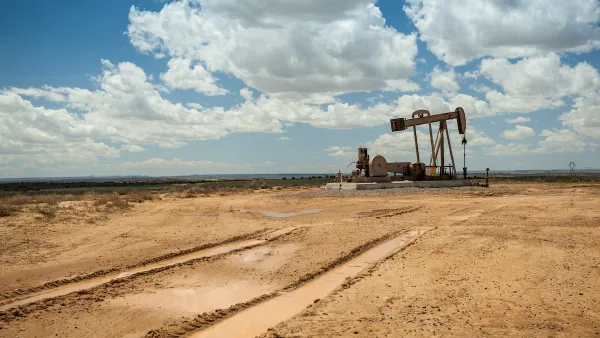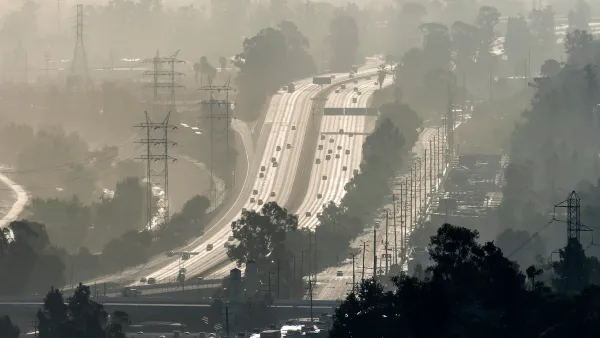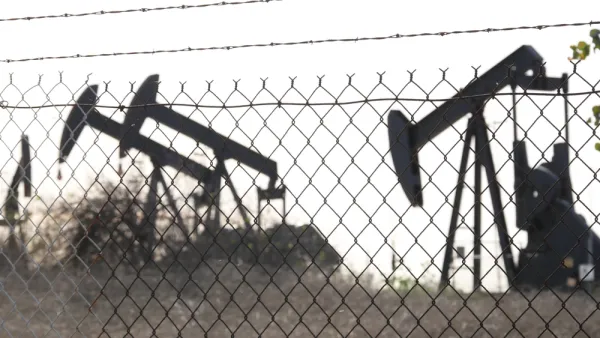The Department of Public Health recommends taking action to better protect residents from oil operations that are sometimes only a few feet from where people live, work, eat, play and study.

There are more than 5,000 oil wells scattered across Los Angeles County, with more than 3,000 of them active, and at least some of them located within a few feet of homes, restaurants, schools, parks, or other public areas.
A new report from the county Department of Public Health suggests the urban wells negatively impact the health of those who spend time near them, and recommends increasing regulation to mitigate those effects.
From KPCC:
"The study comes at a time when oil and gas companies in greater Los Angeles are under increasing pressure from environmental justice organizations who question whether it make sense to continue oil extraction in dense, urban areas — and whether the practice aligns with the state's climate goals."
For many years, there has been ample anecdotal evidence—including an incident several years ago when EPA officials became ill after touring a site—that living near the wells causes "nose bleeds, headaches and difficulty breathing," but officially studying the issue has been challenging because it's difficult to determine what is caused by air pollution from the wells, and what is caused by air pollution from everything else.
A recent study from Occidental, however, found "heightened rates of asthma in densely populated Los Angeles neighborhoods located near active oil-development sites."
And, according to KPCC, "the City of Los Angeles is currently studying the public health benefits and economic consequences of phasing out oil wells around schools, houses and other public places."
"Uduak-Joe Ntuk, the city’s petroleum administrator, said he would use the county’s report in his analysis, but had no word on when it would be completed."
FULL STORY: LA County isn’t doing enough to protect people living near oil wells, study says

National Parks Layoffs Will Cause Communities to Lose Billions
Thousands of essential park workers were laid off this week, just before the busy spring break season.

Retro-silient?: America’s First “Eco-burb,” The Woodlands Turns 50
A master-planned community north of Houston offers lessons on green infrastructure and resilient design, but falls short of its founder’s lofty affordability and walkability goals.

Delivering for America Plan Will Downgrade Mail Service in at Least 49.5 Percent of Zip Codes
Republican and Democrat lawmakers criticize the plan for its disproportionate negative impact on rural communities.

Test News Post 1
This is a summary

Test News Headline 46
Test for the image on the front page.

Balancing Bombs and Butterflies: How the National Guard Protects a Rare Species
The National Guard at Fort Indiantown Gap uses GIS technology and land management strategies to balance military training with conservation efforts, ensuring the survival of the rare eastern regal fritillary butterfly.
Urban Design for Planners 1: Software Tools
This six-course series explores essential urban design concepts using open source software and equips planners with the tools they need to participate fully in the urban design process.
Planning for Universal Design
Learn the tools for implementing Universal Design in planning regulations.
EMC Planning Group, Inc.
Planetizen
Planetizen
Mpact (formerly Rail~Volution)
Great Falls Development Authority, Inc.
HUDs Office of Policy Development and Research
NYU Wagner Graduate School of Public Service





























